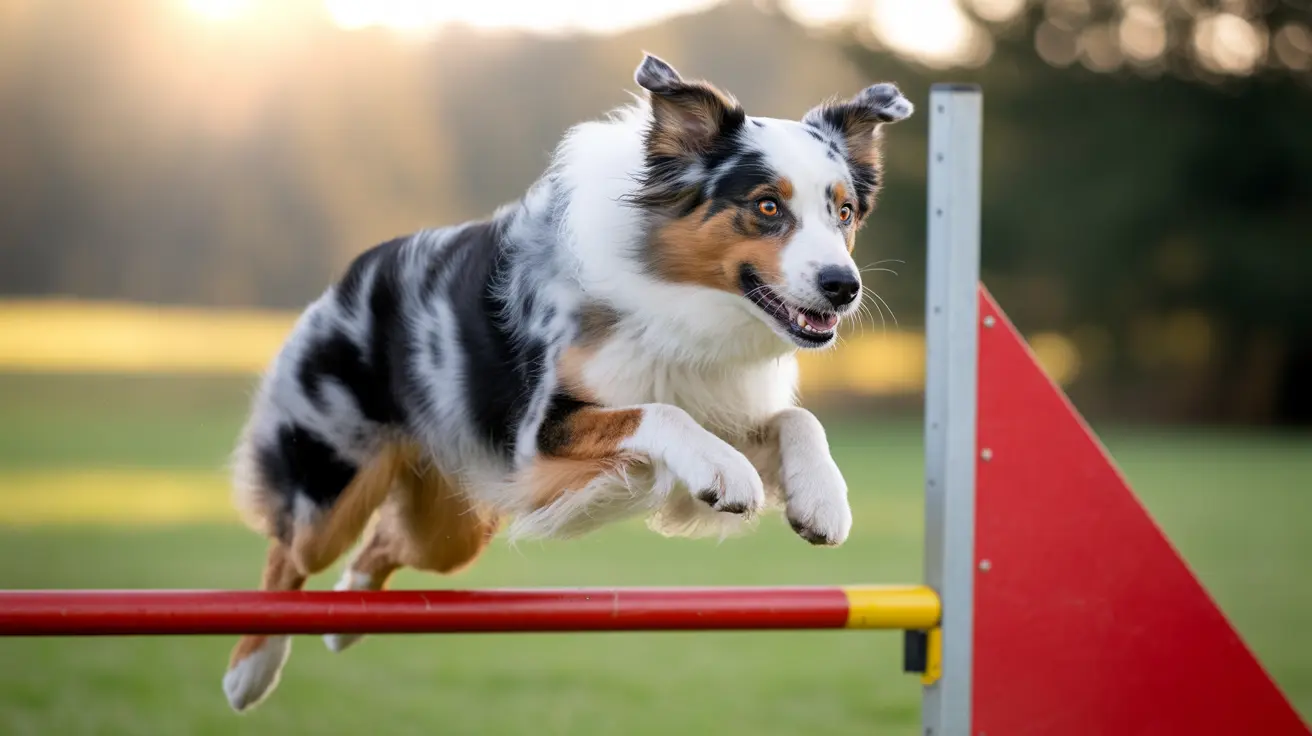Understanding the Downsides of Scottish Terriers
The Scottish Terrier, affectionately known as the Scottie, is a breed admired for its confidence, distinct appearance, and fierce loyalty. Yet, like all dog breeds, Scotties come with their own set of challenges. Potential owners should be well-informed about both their endearing traits and their more demanding qualities.
1. Strong-Willed and Stubborn Personality
One of the most cited challenges of owning a Scottish Terrier is their independent and stubborn nature. Originally bred to hunt foxes and vermin, they were expected to make decisions on their own. This trait, while admirable in their fieldwork, can make training more difficult.
- Training challenges: They require short, varied sessions with positive reinforcement.
- Sensitivity to harsh discipline: Negative correction can cause them to become withdrawn or sulky.
2. High Prey Drive
Due to their history as hunters, Scottish Terriers have a strong prey drive. They may instinctively chase after small animals, which can be dangerous both to the animal and the dog.
- Not ideal for homes with small pets, such as cats or rodents, unless extensive socialization and supervision are provided.
- Need for secure outdoor spaces: Scotties have been known to dig under or climb over fences in pursuit of prey.
3. Aloof Nature with Strangers
Scottish Terriers are known for being reserved with people they don’t know. While this makes them good watchdogs, it might not suit families looking for a highly sociable pet.
- Protective tendencies may lead to over-alertness or suspicion toward guests.
- They often bond very closely with a single person in the family, displaying “one-person dog” behavior.
4. Incompatibility with Small Children
Due to their robust and non-tolerant play style, Scotties are typically not recommended for families with young children.
- They may not react well to rough handling.
- Best suited for homes with older children who understand and respect their boundaries.
5. Grooming and Coat Maintenance
The Scottish Terrier’s dual coat—a hard, wiry outer coat and a soft undercoat—requires consistent grooming to remain healthy and attractive.
- Brushing is needed 1–2 times per week to avoid matting.
- Hand-stripping is recommended to maintain coat texture, though it can be expensive and time consuming.
- Many owners resort to professional grooming every 6–8 weeks.
6. Exercise and Mental Stimulation Needs
Despite their small size, Scotties have high energy levels and require daily physical and mental engagement.
- They are not suitable as lap dogs and value their personal space.
- Enjoy games like fetch, tug-of-war, and brain games.
7. Breed-Specific Health Issues
Scottish Terriers have a lifespan of 11–13 years, but are prone to several inherited health problems.
- Scottie Cramp: A neurological condition triggered by stress or excitement.
- Von Willebrand Disease: A bleeding disorder requiring DNA testing for breeding dogs.
- Patellar Luxation: A kneecap issue common in small breeds.
- Cancers: A higher incidence compared to many other dog breeds.
- Craniomandibular Osteopathy and Cerebellar Abiotrophy: Rare but impactful conditions affecting young dogs’ development and coordination.
8. Socialization Requirements
Scotties may become dominant or aggressive towards other dogs if not properly socialized from a young age.
- Early exposure to a variety of people, pets, and environments is crucial.
- They benefit from consistent routines and family structure.
Conclusion
While the Scottish Terrier makes a loyal and charming companion for the right household, prospective owners must be prepared for their specific quirks and care demands. With proper training, socialization, health monitoring, and grooming, Scotties can indeed thrive—but they are not a one-size-fits-all pet. Understanding the downsides is essential to providing a loving and fulfilling home for this distinctive breed.





